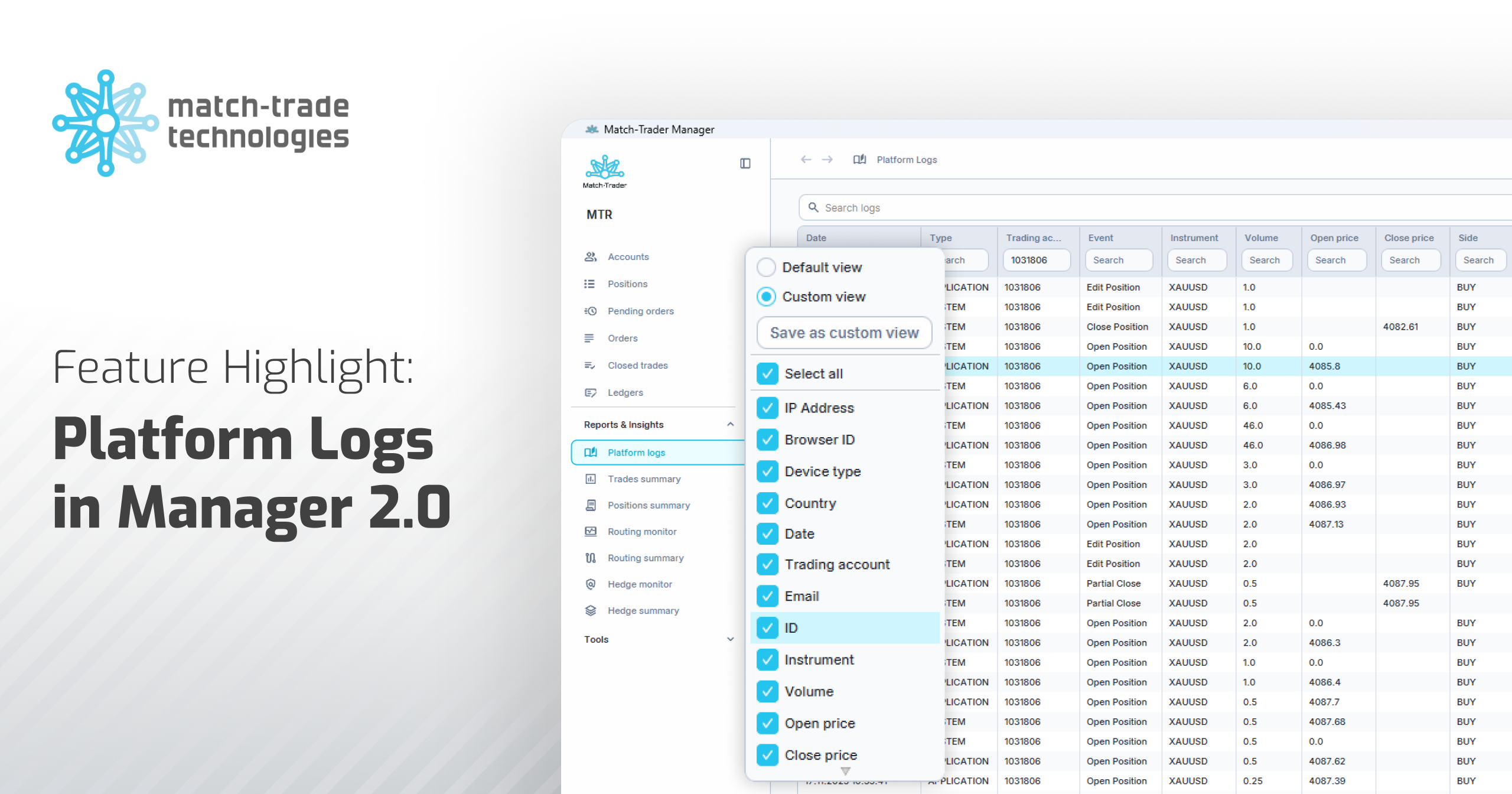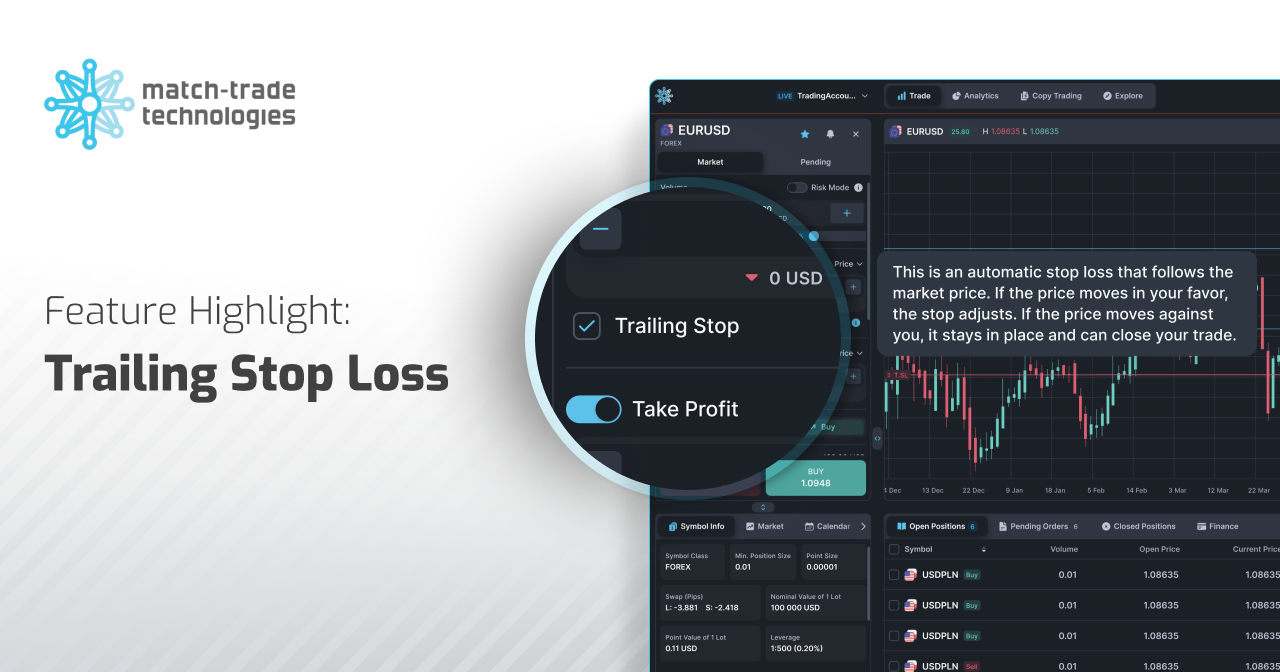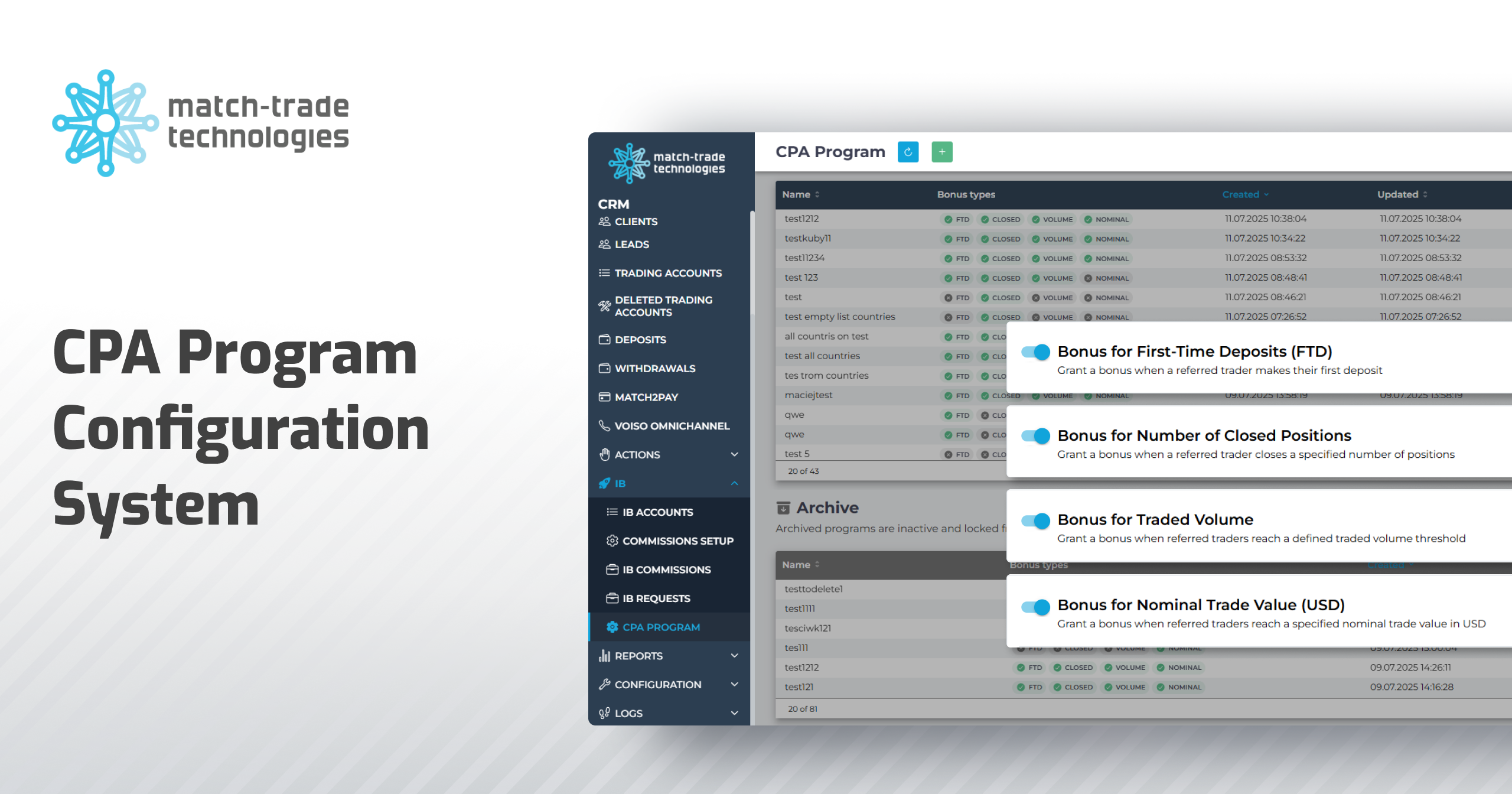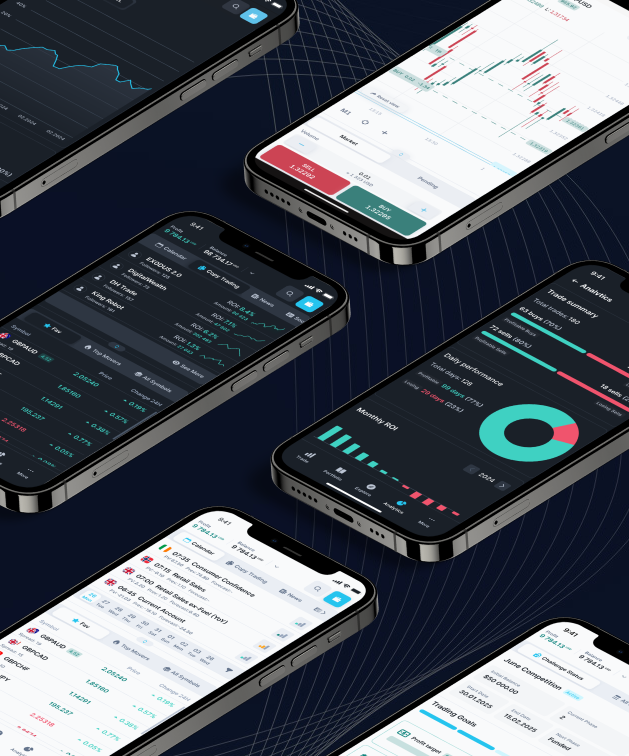Free trading is a growing trend in the retail financial assets market, and brokers must be ready to show their prospective clients various options.
Free Trading is a Growing Business Trend
The allure of free trading for clients is a growing trend within the financial world for retail speculators. FX Brokers need to understand the changing landscape and be ready to have various methods to entice new and experienced traders to convert them as clients.
Free stock trading is a marketing tool that began in earnest within US markets a handful of years ago. Nowadays, many firms offer essential services to their clients. This can be seen easily via many brokerages within the US, which often is a leading tend indicator of the global marketplace. However, standard services often prove to be scalable and ultimately create costs for their clients.
Trading is not a risk-free endeavour for brokers or their clients. While the word free acts as a great marketing tool, traders who can trade for free face many challenges. The limitations of ”free trading” can often produce obstacle for clients.
Maximum trade limits per week are one way some brokerages monitor speculators while they trade for free. Meaning a limit is put on the number of trades a client can make during the week. Some brokers allow, for example, a maximum of only three transactions per week before costs are incurred.
The possibilities of using certain types of trading orders are often limited by brokers for free trading accounts regarding how a person can use certain types of trade orders. Brokers can also decide to charge clients a fee for not trading, in other words charging a certain amount of money per month on inactive accounts.
So while the term “free trading” may often be used as a way to entice new clients to brokers, the ability to trade ”for free” has been around for several years and brokers manage their risks astutely while combing their technology and liquidity capabilities.
The Ability to Offer a Variety of Choices for the Client
Brokers sometimes charge money via monthly membership costs per different packages and statuses available to the trader. FX Brokers can offer greater ability to use certain types of trades via limit orders, for instance, the frequency and speed of trading, and allow traders an unlimited number of positions they can undertake monthly.
The ability to trade certain financial assets often depends on the amount of money deposited by the client and the amounts of margin needed to conduct certain speculative positions. Traders must decide on the part of the money they are willing to deposit into their account, and traders can be charged fees depending on the amounts put into their accounts based on the scalable package system offered by the broker.
While new traders are often tempted by the notion of ”free” trading, experienced traders understand that to receive the greatest benefits and beneficial results via their trading endeavours; a specific cost must be compensated to achieve this goal.
Most traders understand the broker they are working with is operating a business too, and making a profit is important. Most experienced traders understand that to receive the best customer service and technology, certain types of costs often are built into the trading system. The opportunity to allow speculators to trade for free is ultimately decided by the broker and must be managed carefully with reasonable limitations.
It’s all about the Forex Trading Technology
Brokers can allow their traders a certain amount of leverage, spreads and timeframes within margin accounts. Brokers can also offer various CFDs to their clients that are not easy to find from other providers, and fees can be managed differently via these transactions. All of this requires advanced tools enabling control over the white label platform setup.
Within commodities, FX and cryptocurrency trading, speculators understand they can be priced differently due to the volatility inherent within each asset. Volumes and liquidity requirements within certain assets can also change because of circumstances rapidly being altered due to the speculative forces within the marketplace; this can generate a change of costs and create the need for mandates with particular limitations to guard against risks for the client and broker.
The combination of the technology’s performance and reliable risk management tools are vital elements for brokers. Choosing the right technology will help brokers implement the best strategies to work with their clients for their mutual benefit. Altho it requires advanced solutions; it doesn’t necessarily mean a large investment. Starting with an all-in-one trading solution such as the Match-Trader White Label platform will make managing your FX brokerage business efficient and cost-effective. Match-Trader offers a wide range of back-office applications allowing every broker to make modifications whenever they feel the need and manage the entire system on their own. Match-Trader WL Manager allows every broker:
- changing markups on client groups
- modify commissions and agent commission on client group
- updating swaps and leverage on each instrument in the group
- changing margin call and stop out level for each group
- configuring daily reports and margin call notifications
Different Assets and Managing Risks
CFDs across a wide array of assets can be monitored easily by brokers and their risk management teams so that clients can enjoy the benefits of low-cost trading. The best technological pricing delivered with superior speed allowing sales teams to understand the benefits it has for their clients, but also know they are providing a top product to their potential traders is essential.
Traders will always have questions regarding costs. Brokers who have practical tools can offer a wide variety of capabilities and have a structured way to manage these fees while communicating how the system works.
The ability to offer free trading to clients is attractive and must be dealt with professionally. Brokers need to understand the different parameters that can be provided in a scalable manner to clients, which will allow their business model to succeed. The combination of a great platform with proper risk management via liquidity and a trained sales team is imperative for the broker’s ultimate success.





